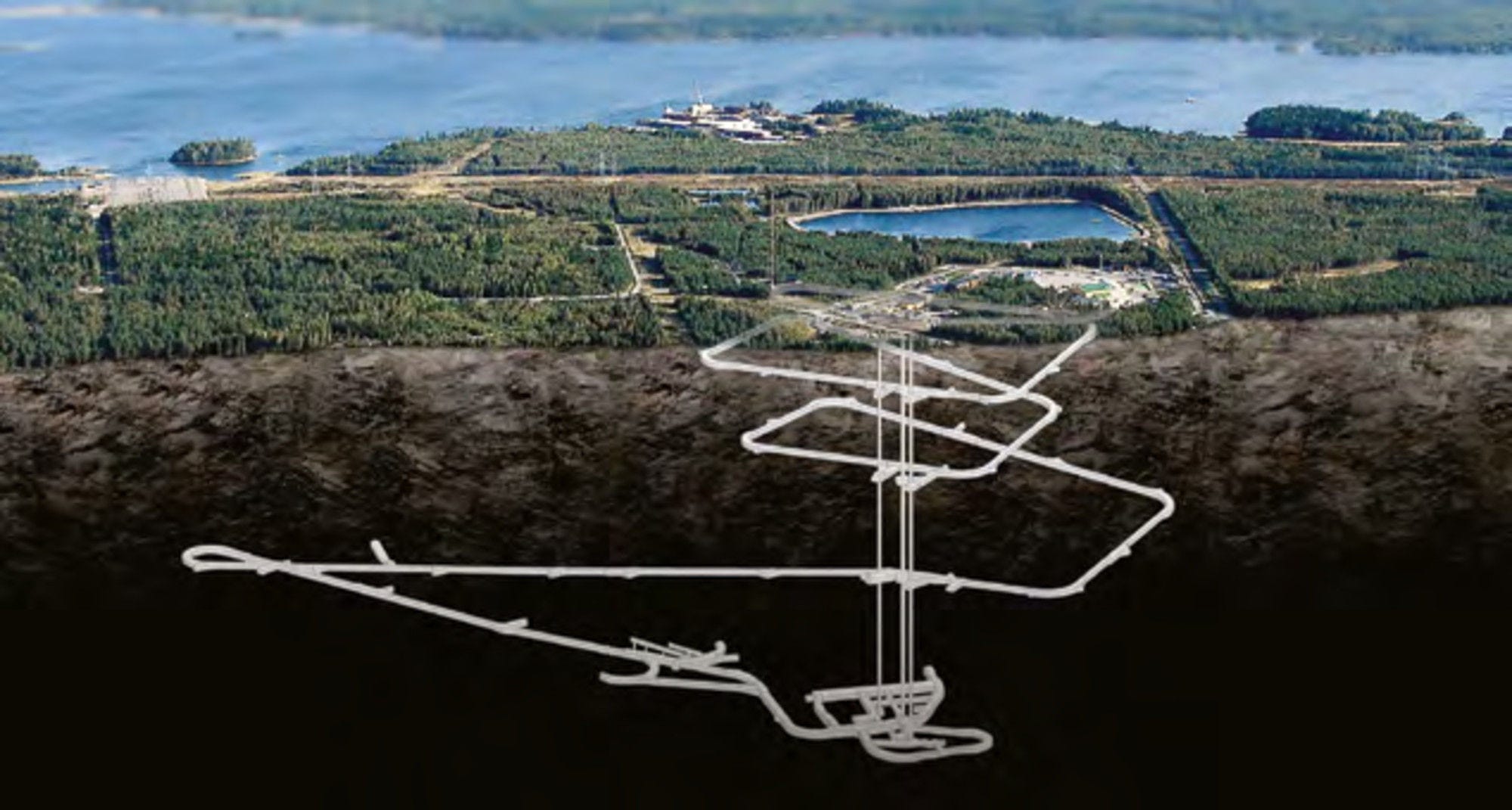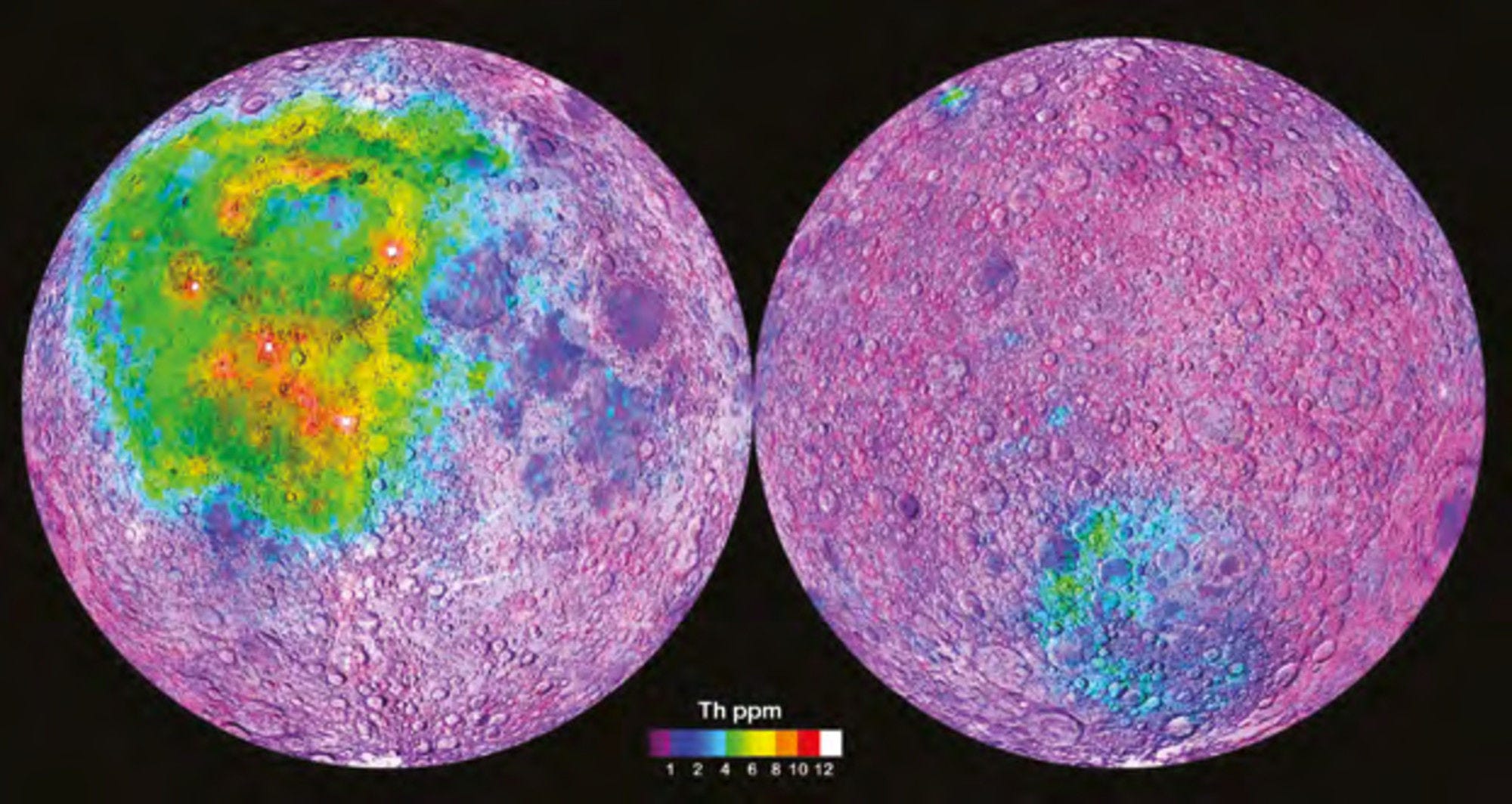Radioactive waste inventory data are an essential element in the development of a national radioactive waste management programme since these data affect the design and selection of the ultimate disposal methods. Inventory data are generally presented as an amount of radioactive waste under various waste classes, according to the waste classification scheme developed and adopted by the country or national programme in question. Various waste classification schemes have thus evolved in most countries, and these schemes classify radioactive waste according to its origin, to criteria related to the protection of workers or the physical, chemical and radiological properties of the waste and the planned disposal method(s).
The diversity in classification schemes across countries has restricted the possibility of comparing waste inventories and led to difficulties in interpreting waste management practices, both nationally and internationally. To help improve this situation, the OECD Nuclear Energy Agency (NEA) developed a methodology that ensures consistency of national radioactive waste and spent fuel inventory data by presenting them in a common scheme in direct connection with accepted management strategy and disposal routes. This report provides the final version of the methodology and presenting scheme for spent nuclear fuel and the radioactive waste of all existing types. Additionally, there are recommendations in the report on how to enhance the comparability of national inventory data using the NEA methodology. The NEA support for joint efforts of the International Atomic Energy Agency and the European Commission on harmonisation of the reporting process by member countries to the Joint Convention and European Council Directive 2011/70 EURATOM is also presented in the report.
















